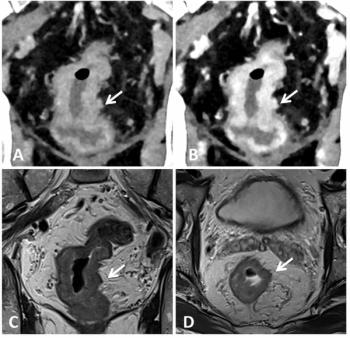
Siemens Introduces Lower-Cost 3-T MRI
With the Magnetom Spectra, Siemens Healthcare plans to make 3-Tesla MRI technology more readily available to smaller and mid-size practices and imaging centers.
Siemens Healthcare announced this week plans to make 3-Tesla MRI technology more readily available through a lower cost system. The Magnetom Spectra, will be marketed to smaller and mid-size practices and imaging centers.
“Innovation doesn’t necessarily mean you always do everything great, better and then more expensive,” Bernd Ohnesorge, CEO of the Siemens MR business unit, said in an interview. Instead, Siemens is making the MRI system available to a broader patient population by reducing the total cost of ownership.
The target market of 3-T MRI upon its release five years ago was the research community and high-level clinical care centers, Ohnesorge said. “Now with the growing demand and high maturity, we believe it’s very important to offer an innovation to the market to have this imaging performance enter smaller hospitals and community hospitals and imaging centers,” he said.
The company announced the system in advance of ECR 2012 next week.
The company is able to offer the system at a lower total cost of ownership because they are “optimizing individual components and cost structures,” Ohnesorge explained. Compared with the first appearance of 3-T MRI three years ago, this system is two times more affordable over its 10-year lifecycle.
The Magnetom Spectra employs Siemens’ Total imaging matrix 4G coil, which allows for high spatial and temporal resolution, according to the company. The cable-less direct-connect coils allow for easy setup, and up to 120 coil elements can be combined in a flexible manner, allowing for large whole-body scans up to 205 cm. Siemens’ MRI workflow solution Dot, day optimizing throughput, is also included.
“We want to make sure we have an answer to this demand of offering this 3-T performance at a much better cost performance point, so many more can have access to it,” Ohnesorge said. “We believe it will accelerate the adoption rate of 3-T MRI in a broad clinical base.”
The system is in operation at sites in Germany and China, and the company expects it to be available in the U.S. later this year, pending FDA approval.
Images courtesy Siemens AG
Newsletter
Stay at the forefront of radiology with the Diagnostic Imaging newsletter, delivering the latest news, clinical insights, and imaging advancements for today’s radiologists.



























